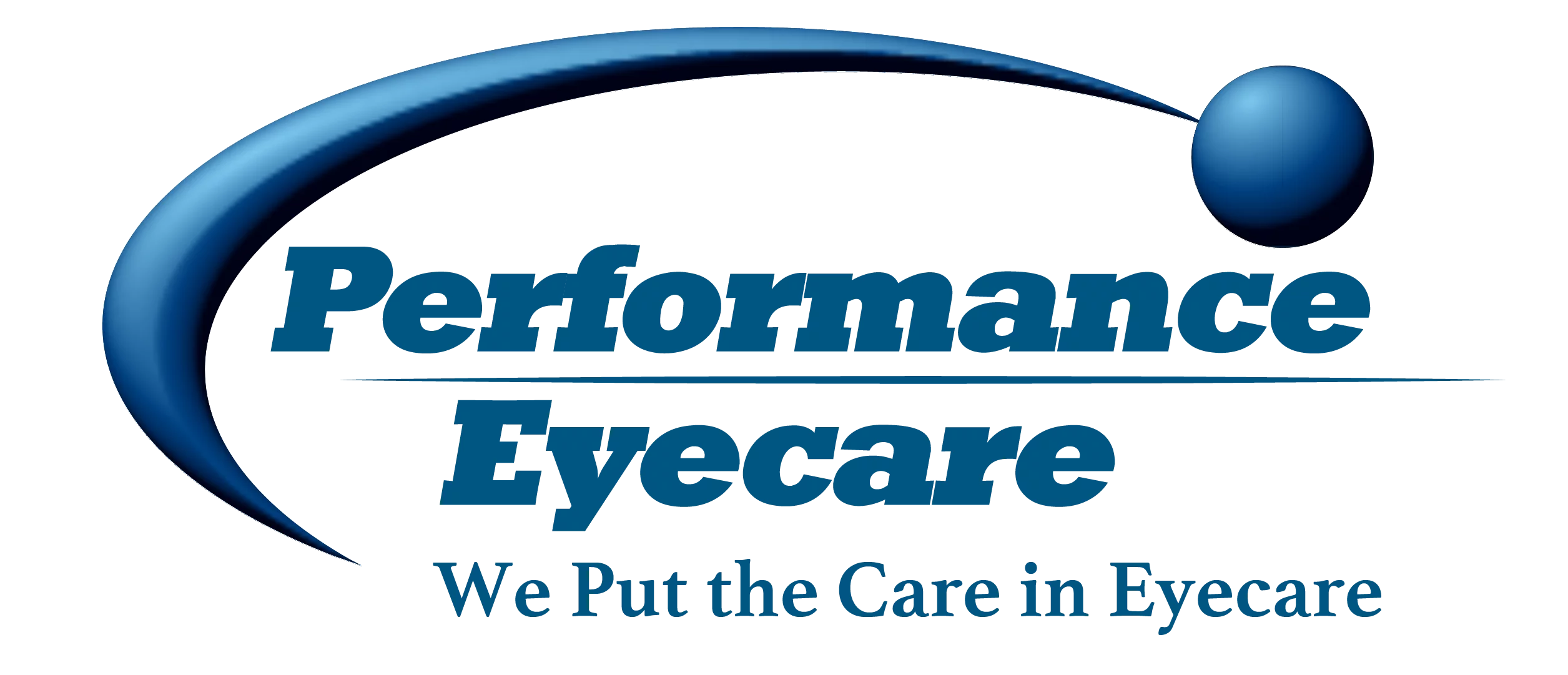Computer Vision Syndrome (CVS)
Computer Vision Syndrome is a condition resulting from extended use of display devices such as computers, tablets, or cell phones. Though often temporary, the condition can result in symptoms such as blurred visions, headaches, redness of the eye, dry eyes, double vision, or dizziness. CVS affects as many as 90% of computer users who spend … Read more


